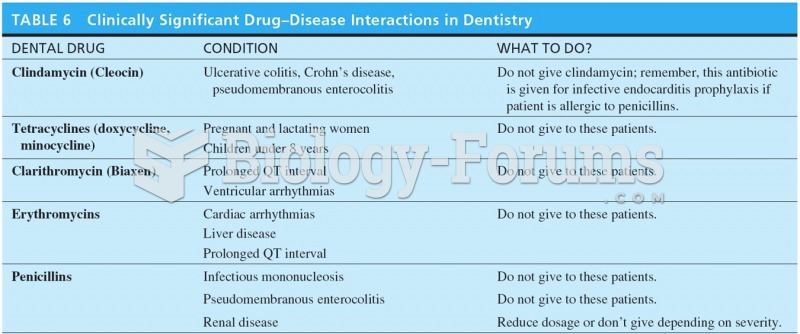Answer to Question 1
On autopsy, the brains of persons with Alzheimer's disease show two distinctive characteristics: tangled clumps of nerve cells and patches of nerve-cell branches called plaques. The neurotransmitter, acetylcholine, is involved in learning and memory. Patients with Alzheimer's disease have dramatic reductions in the amount of acetylcholine produced in the brain. A strong correlation exists between the amount of loss of acetylcholine in the brain and the severity of dementia. The genetic basis for many cases of early-onset familial Alzheimer's disease is now established. Some studies have linked Alzheimer's disease to abnormalities on chromosome 21, which has been identified as the location for the gene for a protein called beta amyloid, which is found in the characteristic clumps and plaques of this disease. However, it is not clear if beta amyloid is the cause or the result of brain cell degeneration. The degeneration may be due to the protein called apolipoprotein E (Apo E). A high percentage of Alzheimer's patients have at least one gene coding for this type of Apo E protein known as E4.
Answer to Question 2
The progression of depression is uneven and occurs over a period of weeks; the progression of dementia is even and occurs over a period of months or years. A person with depression complains about memory loss; a person with dementia denies or hides memory loss. The symptoms of depression are often worse in the morning; those of dementia are worse later in the day or when fatigued. The depressed person is aware of his or her disability, whereas the demented person is not. Alcohol and drug abuse are common among people with depression, but rare among people with dementia.






